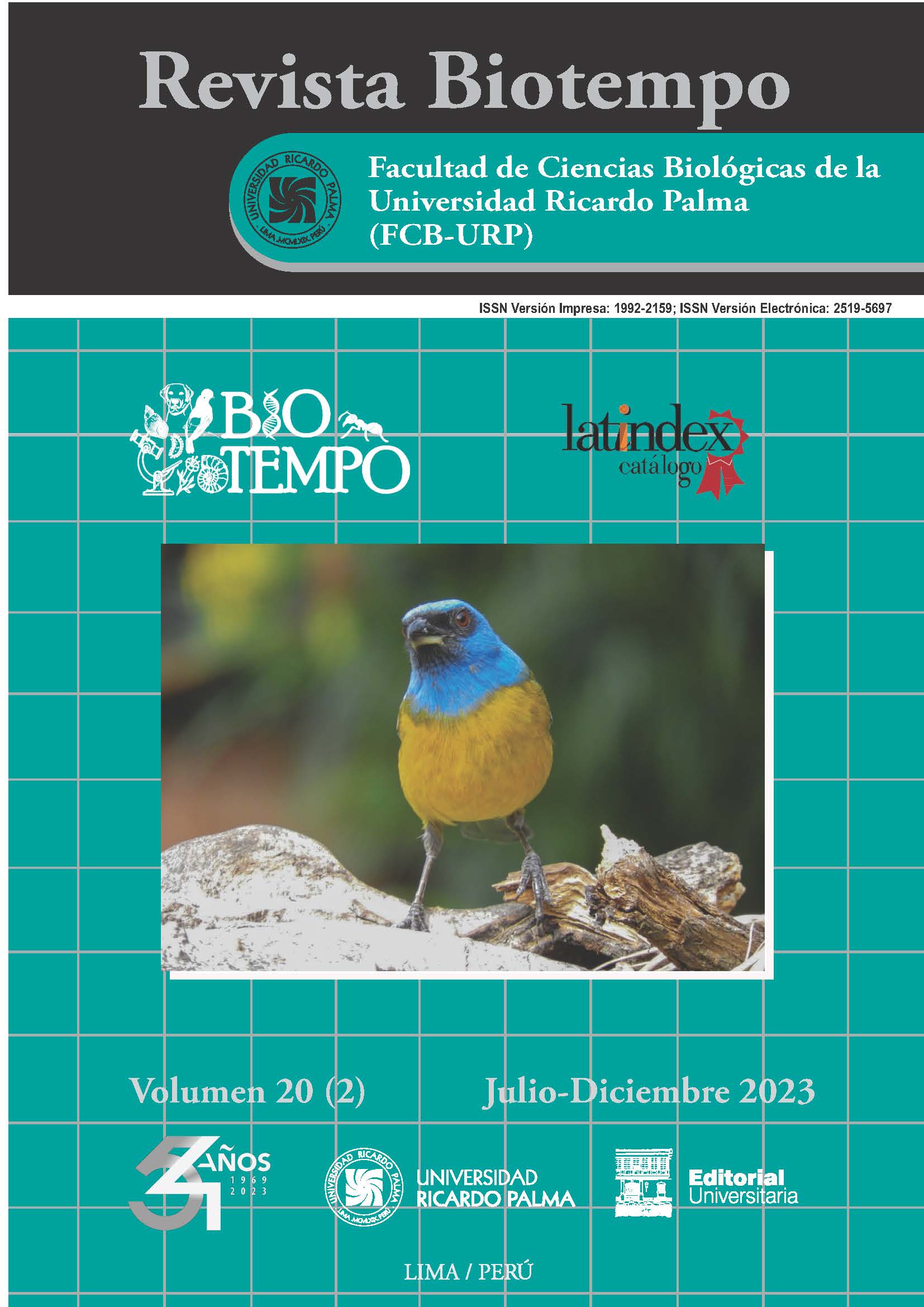Effect of the application of vermicompost on the agronomic behavior of different crops
DOI:
https://doi.org/10.31381/biotempo.v20i2.5742Keywords:
Abono orgánico, estructura del suelo, humus de lombrizAbstract
Vermiculture is a very important activity, which allows the recycling of the waste generated from agricultural, agroindustry, and municipal activities, through worms that have infl uenced agricultural soils for thousands of years, improving fertility conditions in various soils. due to its easy handling. Th e use of worms allows the transformation of organic waste quickly to produce fertilizer rich in microorganisms called vermicompost (VC), with a contribution of assimilable nutrients for crops. Ecologically, it constitutes a fundamental element for organic production, providing an effi cient and profi table fertilizer for agricultural use in low doses, especially for small producers. Th us, the present literature review aims to demonstrate the eff ect of the application of vermicompost on the agronomic behavior of various crops. Searches of bibliographic information of various manuscripts from 2001 to the present were carried out, totaling 46 documents, which have been searched on the Scopus, Web of Science, Scielo, Redalyc, Latindex 2.0, and Google Scholar platforms. Th e keywords used for the search were: ¨Worm farming¨, ¨Californian worm and taxonomic classifi cation¨, ¨Habitat and reproduction of the worm¨, ¨Digestive system and feeding of the worm¨, ¨Worm humus and soil¨ and ¨Humus of earthworms and agronomic behavior of crops¨. Solid or liquid earthworm humus applied in diff erent ways has positive eff ects on the soil and plants, allowing good development and generating high productivity of various crops such as the 11 analyzed in this literature review.










